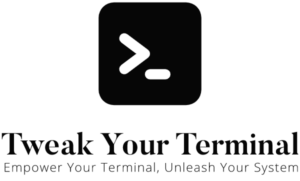In Unix-based systems such as macOS or Linux, the command-line interface offers a set of robust tools for managing directories. This article will guide you through essential directory operations including creation, navigation, and deletion, providing you the skills to effectively manage your system’s directories from the terminal.
Understanding Directory Operations
Directory operations primarily involve the mkdir, cd, pwd, ls, and rmdir commands. These commands allow you to create, navigate, display, list, and delete directories respectively. Let’s delve into each of these commands:
Creating Directories with ‘mkdir’
The mkdir command, short for “make directory”, is used to create new directories. The basic syntax is:
mkdir directoryNameHere, directoryName is the name of the directory you want to create.
Navigating Directories with ‘cd’
The cd command, short for “change directory”, is used to navigate between different directories in your system. The basic syntax is:
cd directoryNameTo navigate to a directory, replace directoryName with the name or path of the directory you want to navigate to.
Displaying Current Directory with ‘pwd’
The pwd command, which stands for “print working directory”, displays the full path of your current directory. It’s a quick and easy way to confirm your current location in the file system. Here’s how you use it:
pwdListing Directories with ‘ls’
The ls command, short for “list”, displays the contents of a directory. By default, it lists the contents of the current directory:
lsYou can also list the contents of a different directory by specifying its path:
ls /path/to/directoryDeleting Directories with ‘rmdir’
The rmdir command, short for “remove directory”, deletes a directory. It can only delete empty directories. Here’s the basic syntax:
rmdir directoryNameIf you need to delete a directory and its contents, you can use the rm command with the -r (recursive) option:
rm -r directoryNameConclusion
The command line offers a powerful suite of tools for managing directories in Unix-based systems. By mastering these directory operations, you can effectively manage your system’s file hierarchy, streamline your workflow, and become a proficient terminal user. Always remember to use commands like rm and rmdir with caution to avoid deleting important data. Happy directory managing!
